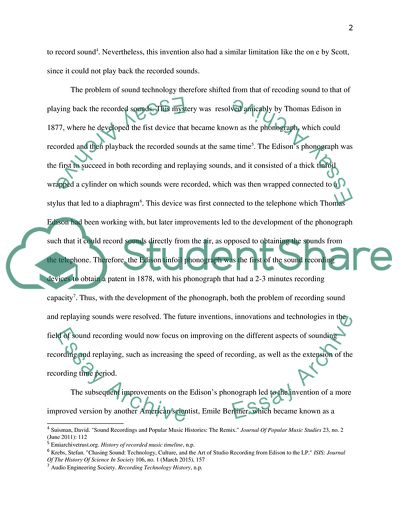Cite this document
(History of Recording Coursework Example | Topics and Well Written Essays - 3250 words, n.d.)
History of Recording Coursework Example | Topics and Well Written Essays - 3250 words. https://studentshare.org/music/1874889-recording-and-recording-arts
History of Recording Coursework Example | Topics and Well Written Essays - 3250 words. https://studentshare.org/music/1874889-recording-and-recording-arts
(History of Recording Coursework Example | Topics and Well Written Essays - 3250 Words)
History of Recording Coursework Example | Topics and Well Written Essays - 3250 Words. https://studentshare.org/music/1874889-recording-and-recording-arts.
History of Recording Coursework Example | Topics and Well Written Essays - 3250 Words. https://studentshare.org/music/1874889-recording-and-recording-arts.
“History of Recording Coursework Example | Topics and Well Written Essays - 3250 Words”. https://studentshare.org/music/1874889-recording-and-recording-arts.


